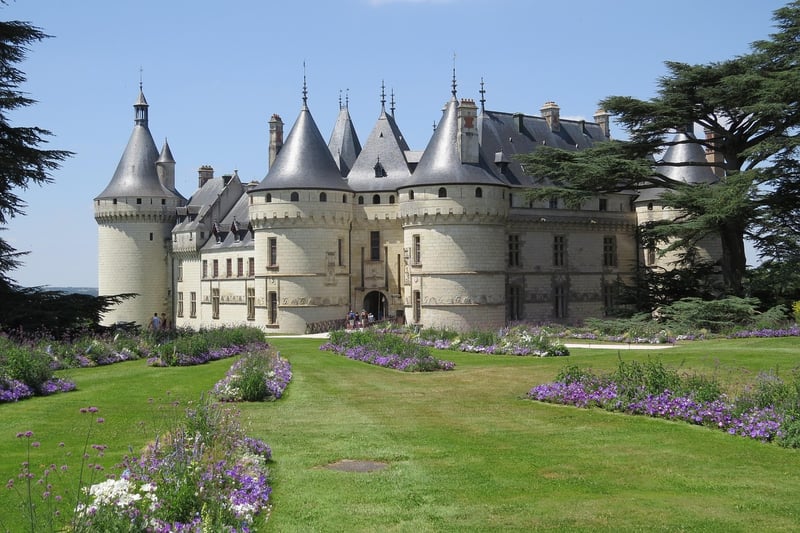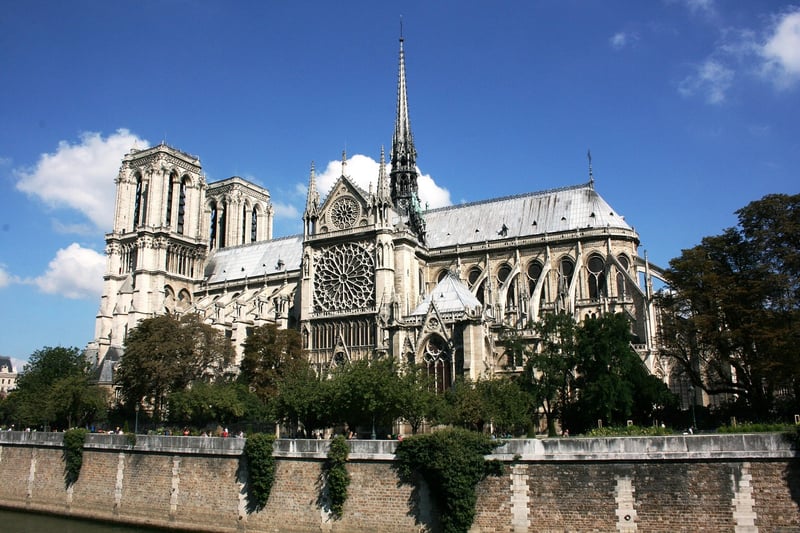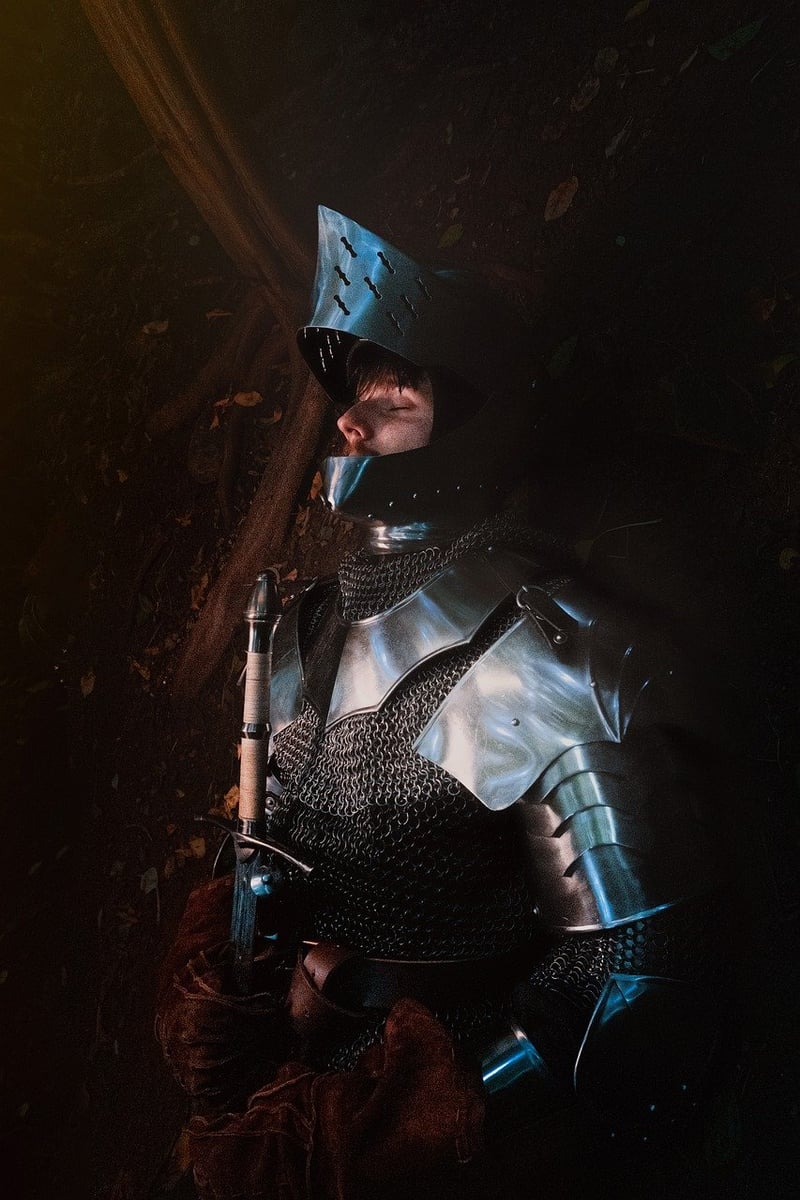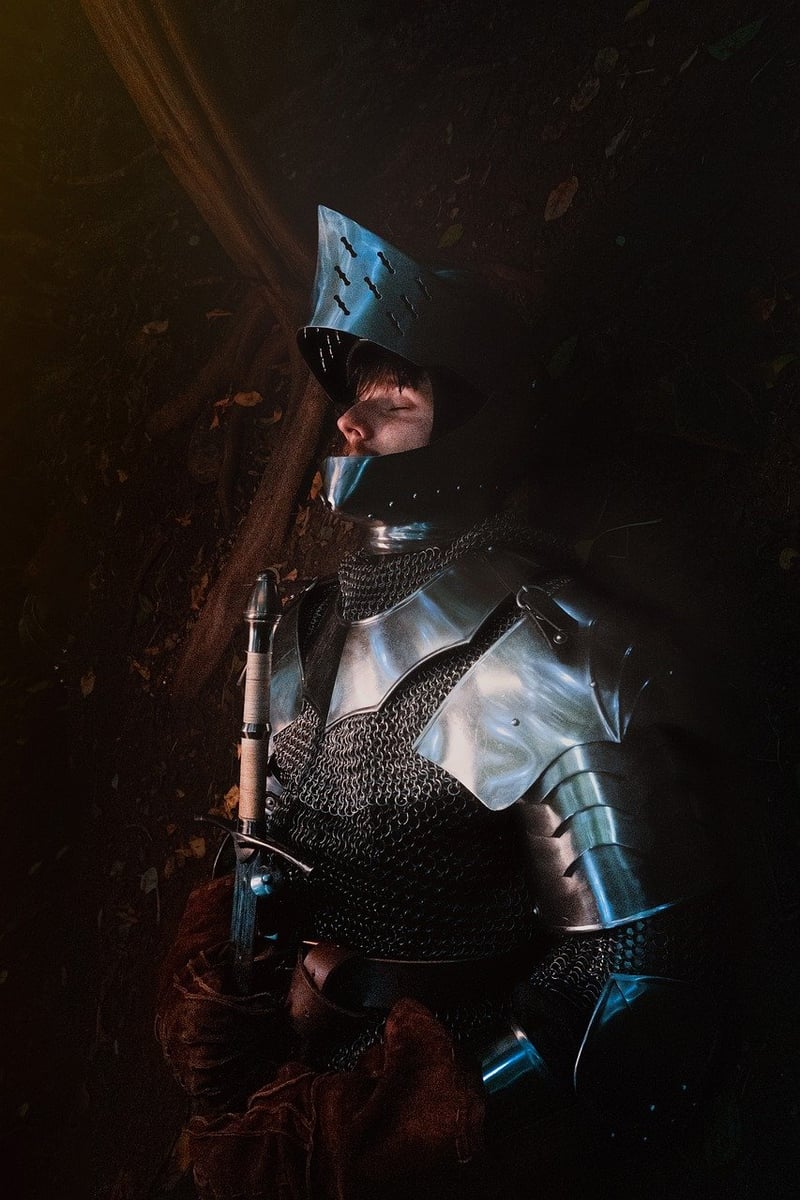Medieval Realms
Exploring Varied Timelines in Medieval Realms
Medieval history is a fascinating tapestry woven with the threads of various timelines, each offering a unique glimpse into the past. From the early Middle Ages to the late medieval period, these eras were marked by significant events, cultural developments, and shifts in power. Let's embark on a journey through time to explore the diverse timelines within medieval realms.
1. Early Middle Ages (5th-10th Century)
The Early Middle Ages, also known as the Dark Ages, followed the fall of the Western Roman Empire. This period witnessed the rise of new kingdoms, such as the Merovingian and Carolingian dynasties in Europe. The spread of Christianity, the Viking invasions, and the establishment of feudalism were defining features of this era.

2. High Middle Ages (11th-13th Century)
The High Middle Ages saw the emergence of powerful medieval kingdoms and the peak of medieval civilization. The Crusades, Gothic architecture, the Magna Carta, and the rise of universities marked this period. Iconic structures like Notre Dame Cathedral in Paris and the Tower of London were built during this time.

3. Late Middle Ages (14th-15th Century)
The Late Middle Ages were characterized by calamities like the Black Death, the Hundred Years' War, and the Great Schism in the Catholic Church. Despite these challenges, the period also witnessed cultural flourishing with the works of Geoffrey Chaucer, the rise of the Renaissance, and advancements in art and science.

4. Legacy of Medieval Realms
The legacy of medieval realms continues to influence modern society in various ways. From the remnants of medieval castles dotting the European landscape to the enduring impact of medieval literature and art, the echoes of the Middle Ages resonate through time.
Embark on your own exploration of medieval timelines and delve into the rich tapestry of history that shaped the world we live in today.
